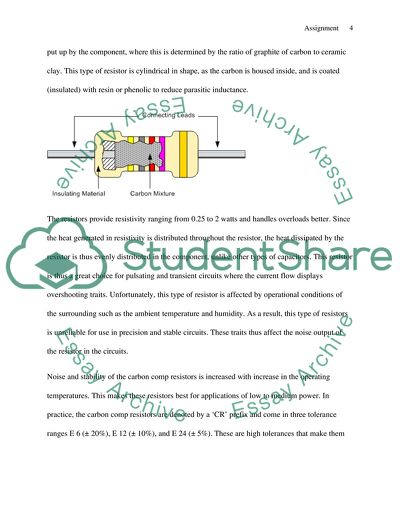Cite this document
(Resistor Manufacture and Optimization Book Report/Review, n.d.)
Resistor Manufacture and Optimization Book Report/Review. https://studentshare.org/engineering-and-construction/1769457-resistor-manufacture-and-optimization
Resistor Manufacture and Optimization Book Report/Review. https://studentshare.org/engineering-and-construction/1769457-resistor-manufacture-and-optimization
(Resistor Manufacture and Optimization Book Report/Review)
Resistor Manufacture and Optimization Book Report/Review. https://studentshare.org/engineering-and-construction/1769457-resistor-manufacture-and-optimization.
Resistor Manufacture and Optimization Book Report/Review. https://studentshare.org/engineering-and-construction/1769457-resistor-manufacture-and-optimization.
“Resistor Manufacture and Optimization Book Report/Review”. https://studentshare.org/engineering-and-construction/1769457-resistor-manufacture-and-optimization.


